
More than 57,000 unaccompanied children have crossed America’s southern border this year, fleeing violence in search of a new home. This is the story of one of them.
By Alex Altman/New Orleans | Aug 7, 2014
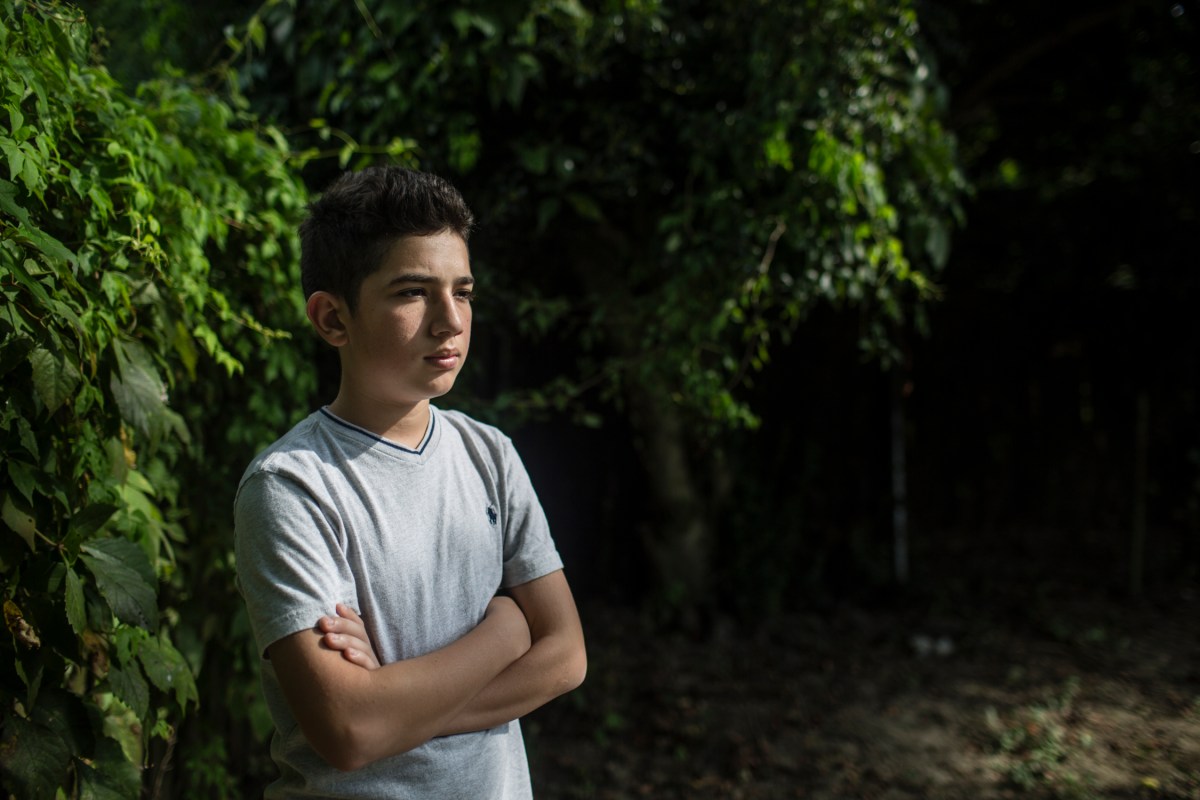
Michael looks scared. He’s been sitting in the corner of the auditorium for an hour, his shoulders hunched, eyes down, right arm occasionally hooking around his father’s. Slender and good looking, he wears the uniform of a global 13-year-old: aqua polo, blue jeans, Nikes. When it’s time to speak, he walks to the front of a room crammed with more than 100 Americans. On a hot August night, they have come to a Catholic school in New Orleans’ Mid-City district to learn about their new neighbors and hear a few give testimony.
“I’m here because my uncle was threatened by the gangs,” Michael begins, speaking through an interpreter. Then he stops and wipes his eyes as the tears start to flow.
Michael’s journey to New Orleans began last August, in San Pedro Sula, Honduras. It is of one of the world’s most violent cities, a place where 13-year-old boys are recruiting targets for the maras, the murderous thugs who control the streets, traffic drugs and collect “war taxes” from businesses and families. Visiting a relative after dark in the city’s forbidding barrios often requires the use of ritualistic signals—a honk of the car’s horn, or a flash of its headlights—lest you be confused for a turf-encroaching rival and shot.
Michael’s parents fled this menacing scene nearly a decade ago, leaving him and his older sister in the care of an uncle while they sought greater economic opportunity. When bullets pierced the walls of his uncle’s house last summer, Michael and his sister Yerlin, 17, set out for the U.S. in the back of a truck. Over the course of several grueling weeks, they evaded military checkpoints in Guatemala, floated into Mexico aboard a raft, then endured a clattering five-day bus ride north toward the U.S. border. They swam across the Rio Grande into South Texas and scampered up the riverbank, where they joined fellow unaccompanied children and a mother shepherding two kids. Together they trudged hours through the desert, until they came upon a U.S. Border Patrol agent. He drove them to a detention center.
“Welcome to the icebox,” the agent said.
From there, Michael and Yerlin—whose last name is being withheld because they are undocumented minors—were sent to a shelter for unaccompanied immigrant children in El Paso. There Michael came down with appendicitis, says Jolene Elberth of the Congress of Day Laborers, who works with the family as part of her role at the New Orleans Workers’ Center for Racial Justice. Michael’s mother, an undocumented immigrant, couldn’t get on a plane to join him for fear of being detained and deported. Once the surgery was done, Michael and Yerlin finally flew to New Orleans, arriving more than a month after leaving San Pedro Sula.
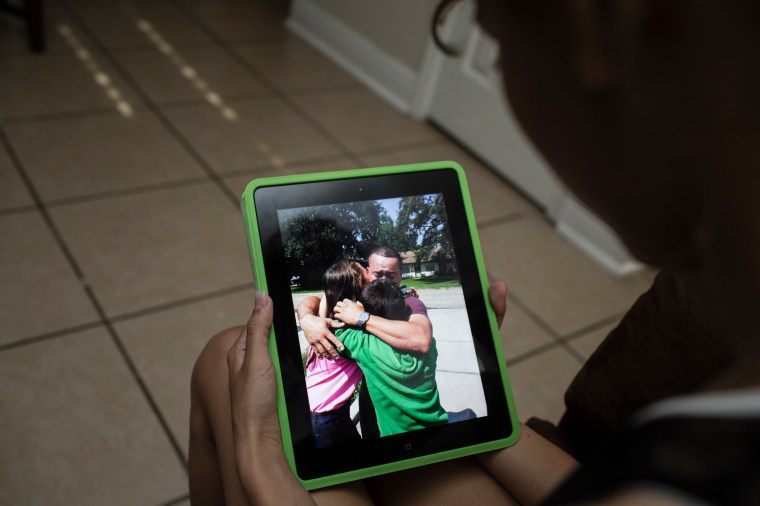
As harrowing as it sounds, their story is hardly unique. More than 57,000 children have crossed the southern border unaccompanied this year, the vast majority from the war-torn Central American nations of El Salvador, Guatemala and Honduras. The situation at the southwest border has become, according to President Obama, a “humanitarian crisis.”
Like all crises, the public perception has been warped by the attendant politics. The news is awash in stories about local communities rising up to reject the children or the histrionics of elected officials posturing for some future job. These controversies are just a tiny piece of a complex picture. Unaccompanied children detained in the U.S. are cycled relatively quickly through the balky U.S. immigration system. From there they scatter into cities and towns throughout the country. In nearly all cases, they are reunited with family members already here as they await a court’s determination of whether they can stay.
During the first six months of 2014, according to the Department of Health and Human Services’ Office of Refugee Resettlement, unaccompanied children have been placed in all 50 states, from the lone kid shipped to Montana to the more than 3,000 sent to Texas, California and Florida. They are everywhere, often thousands of miles from besieged border towns. Some kids will melt away into the shadows. But the majority will become at least temporary fixtures in their adopted hometowns—heading to school, playing sports, wending their way through the legal system as they seek asylum.
According to a government tally through July 7, so far 1,071 children have been relocated to Louisiana this year. The vast majority of them have come to New Orleans and its surrounding suburbs. This is the story of one of those families and the people who have welcomed them.
![]()
Strains and Stresses
Michael’s parents, Ivan and Maria, arrived in New Orleans in the wake of Hurricane Katrina. As Hondurans, the Crescent City was a natural destination. South Louisiana has had a strong Central American community since around the turn of the 20th century, dating back to this port city’s role as a hub in the banana trade. The Honduran contingent swelled further after Hurricane Mitch battered Honduras in 1998, devastating some 70% of the nation’s transportation infrastructure and a similar fraction of its agricultural economy.
“After Katrina, they welcomed us to help reconstruct the city. They needed us,” says Ivan. He found work as a mechanic; Maria got jobs cleaning houses. By the time the unaccompanied children began arriving in ever greater numbers, there were already perhaps 50,000 undocumented immigrants in the area, local advocates estimate.
“We have this whole hidden Latino community,” says Salvador Longoria, the president of the board of directors at Puentes New Orleans, a nonprofit that promotes civic engagement for Latinos. “Everybody is ready to receive these children.”
That includes a robust network of faith-based charities, who are working to educate churchgoers about the geopolitics driving the immigrant surge, helping their new neighbors acquire legal representation and easing their transition into the community. “I think a lot of people are confused about the issues, and the legal processes involved and the principles at stake,” says Susan Weishar, a migration specialist at Loyola University’s Jesuit Social Research Institute, who organized a “teach-in” on the crisis for locals.
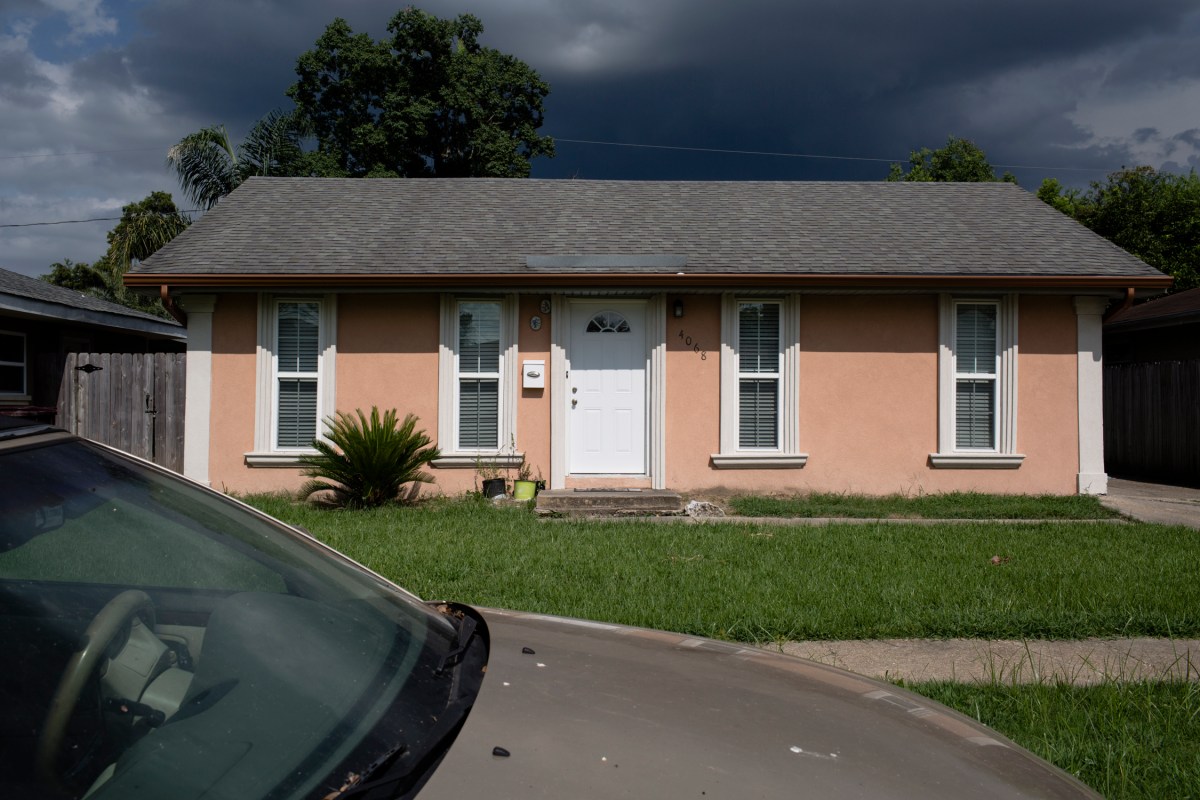
At the event, inside St. Anthony’s of Padua, a local Catholic school, dozens of sisters huddled around plastic tables, saying prayers for the travelers, swapping ideas of ways to assist them and listening to short sermons about church tradition regarding migration. “Sovereign nations have a right to control their borders, but wealthier nations have a stronger obligation to accommodate migrant flows,” explained Rev. Fred Kammer.
But as citizens have offered help, the state government has been more hesitant. New Orleans is a blue enclave in a red state, with a Republican Governor, Bobby Jindal, who is courting the GOP’s anti-immigration voters in preparation for a likely run at the White House. On July 31, Jindal wrote a scathing letter to Obama blasting the federal government’s “irresponsible” decision to relocate more than 1,000 immigrants without notifying state officials, and warning of the “potentially negative ramifications.”
Nor is New Orleans a top national hub for Central American children, such as Houston, New York, Miami, or Los Angeles. The more than 1,000 immigrant kids arriving in Louisiana this year places the state 10th nationwide. Of states receiving such a high volume of unaccompanied kids, Louisiana has the lowest percentage of prior foreign-born residents. The tide of unaccompanied children, including many new arrivals getting ready to enroll in school this month, may create strains and stresses.
“There are going to be challenges,” says Martin Gutierrez, the vice president of community service ministries for Catholic Charities Archdiocese of New Orleans. “What type of receptions are the families going to be receiving? How do you register the kids at school? Are the schools ready to receive the number of kids that are coming? I don’t think they are…The Latino population in New Orleans increased tremendously after Katrina, and the schools are struggling to deal with that.”
So are the local immigration agents. Beginning in 2012, New Orleans has been the site of controversial street sweeps conducted by agents with U.S. Immigration and Customs Enforcement (ICE). Activists say immigrants who looked Hispanic were detained, fingerprinted with portable devices and, in many cases, arrested. Last fall those raids led to public demonstrations by protesters decrying federal deportation policy.
Many of those detained have struggled to find lawyers, a commodity that is in short supply. The regional immigration court in downtown New Orleans is buckling under the backlog of cases. So Kathleen Gasparian, an immigration lawyer in the suburb of Metairie, started a program called PB&J (Pro Bono and Juveniles) that trains attorneys to perform pro bono legal work. “As more people come, there are fewer resources available to serve them,” she says.
Having a guide through the complex legal labyrinth is often the difference between deportation and relief. And the number of people who need it right now is “unprecedented,” says Hiroko Kusuda, who runs an immigration law clinic at Loyola University New Orleans and represents unaccompanied children. “It’s a really unbelievable number.”
![]()
Deportation Order
Inside the church, several Central American immigrants testify about the conditions that drove them to the U.S. They recount the grisly violence, the crooked ex-cops, the children who commit suicide as an alternative to joining the gangs patrolling their schools. When Michael shuffles offstage just a few sentences into his story, the audience salutes his bravery with warm applause.
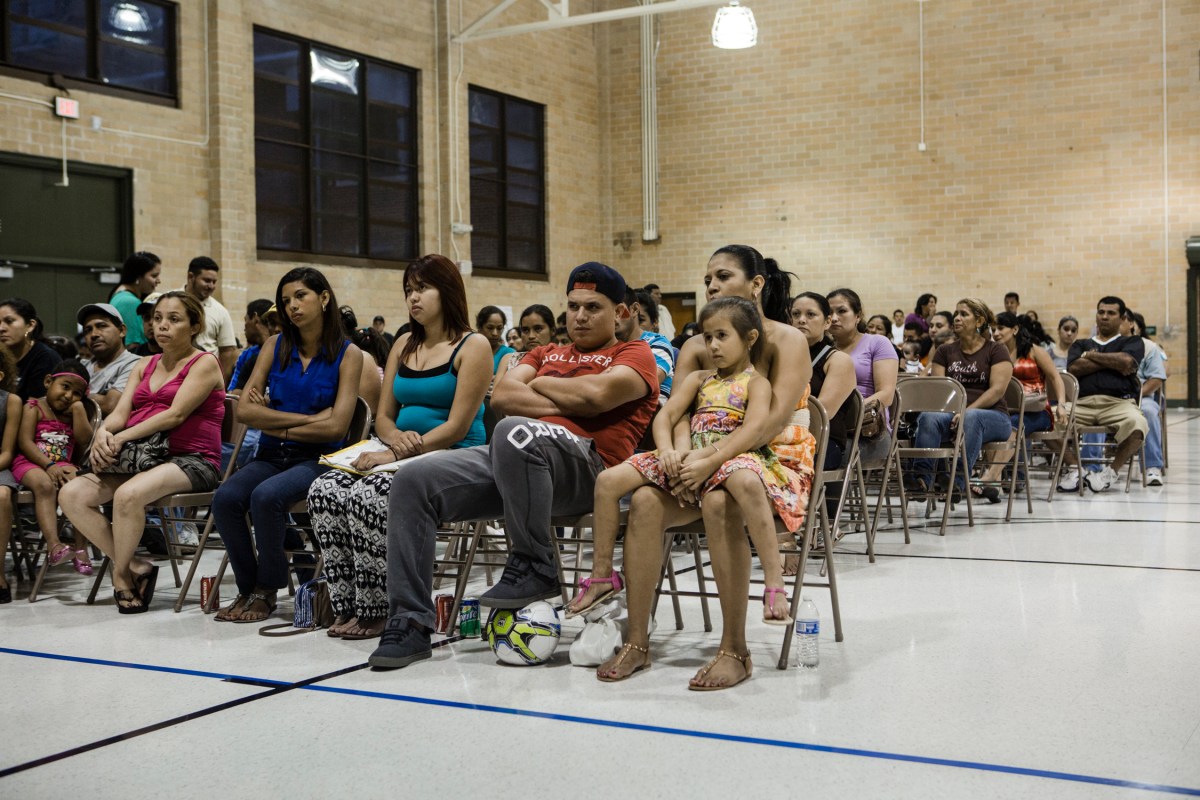
Michael and his sister have fallen into a routine that is in many ways similar to an ordinary American kid’s. They live with their parents in a small house in a New Orleans suburb. After arriving last October, they enrolled in local public schools in Jefferson Parish, where they are often segregated into classes with other kids from Central America, receiving instruction in Spanish. They like school. Michael’s favorite subject is math; Yerlin prefers literature.
“I feel free,” Michael says, leaning against his mom outside a community meeting for hundreds of undocumented Hispanics. “I can go to the park. I can play ball in the street. Everything I couldn’t do in Honduras.”
But the family’s jubilation was quickly shattered. Just weeks after he was reunited with his children for the first time in eight years, Ivan was picked up at a traffic stop and detained. Though he has no criminal record, according to Jolene Elberth, his prior deportation order was enough to get him sent back to Honduras. His yearlong stay of deportation expires in November.
“There’s so much focus on just the kids,” Elberth says. “This is about the whole family.”
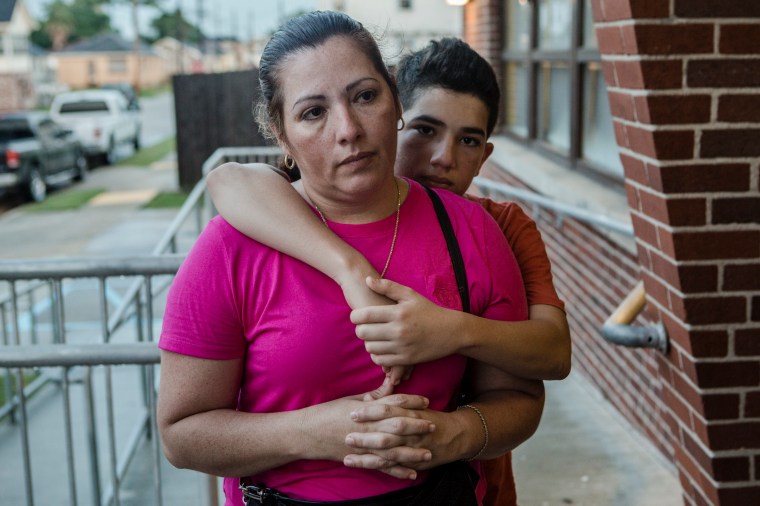
And what the family wants is to stay together. For teenagers, the kids are unusually affectionate with their parents, often pausing in conversation to drape an arm around a shoulder or grab a hug. The family is not a drain on their adopted country, Maria says. They get social services from nonprofits, pay their own medical bills, receive no benefits except public education. “We’re not asking the government for anything,” she says, “except to be allowed to stay. Going back is not an option.”
It’s not just us, she adds, as her son and daughter at her side gaze out into the gathering dark of their adopted city. “There are thousands like us.”